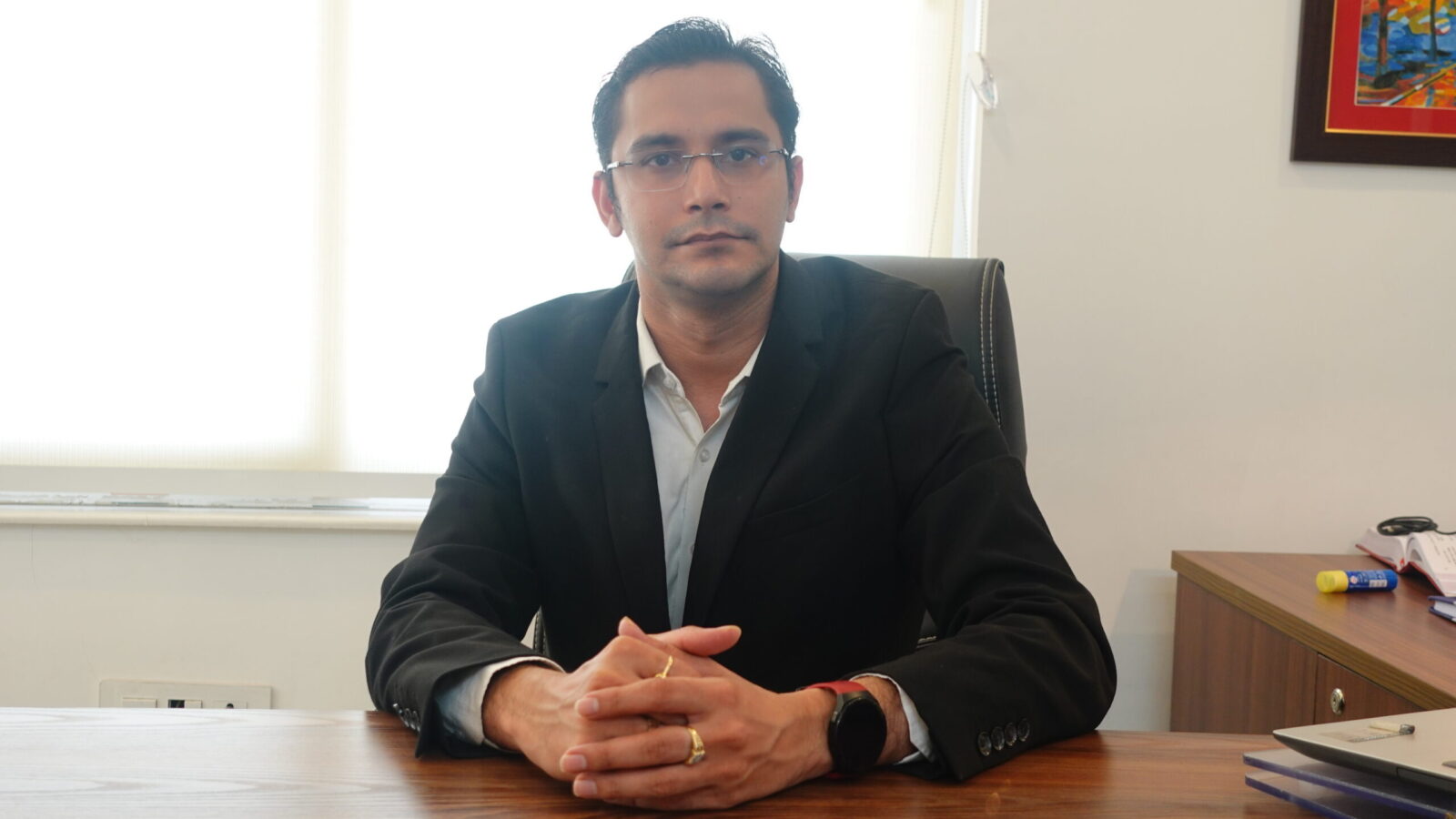Right To Education
Education for freedom was organized to promote human right at every level of society. Human right should be a part of not just the law, but everybody’s life style, by working to promote awareness. Education for freedom hopes not only to respond to human rights violations, but to stop them from happening in the first place. A new generation of human rights activities needs education because democracy had been absent for two decades, it had to be re taught and non-violence introduced as an alternative means of change. Only when people know their rights can they stand up for them.
Right to education (RTE) is an Indian legislation enacted by parliament on India on 4 august 2009, which described the modalities of the importance of free and compulsory education for children of 6 to 14 of age in India, under article 21a of the Indian constitution.
India became one of 135 countries to make “education a fundamental right” of every child when the act came in to free on 1 April 2010.
The RTE act 2009 stipulates that private schools reserve 25% of seats at entry level for children belonging to backward group or weaker section. The act originally defined for a child belonging to a backward group as one belong to a SC, ST, socially and educationally backward class or such other group facing disadvantage owing to social cultural, economic, geographical linguistic gender or other similar factor.
Is RTE act working in practice?
In the year 1960, the free mid day meal scheme was introduced for protecting child from hunger, increasing school enrollment and attendance. But this scheme is not carried out properly with lack of quality and hygienic meal which led to death of many children.
The Act has to be effective so that the down trodden children will be benefited. Literacy rate of the youngsters will be directly proportional to the betterment of the country.
Other problem: Various kinds of schools
It’s a strange irony that while on the one hand the government wants to provide quality education to all children, across all barriers, on the other hand it recognizes four kinds of schools under the Right to Education Act.
• Government schools
• Government-aided schools
• Special schools recognized by the government such as kendriya vidyalayas, navodaya vidyalaya and sainik schools. There are others at the state level too
• Private schools
With such a variety of schools, it is only natural that quality of education varies. Once again it boils down to the rich being able to afford better quality education and the poor having to compromise with something inferior.
So what is the need of the day?
Government has to take further steps for the implementation of the act. Some of them are as follows:
• Each state should prepare a set of model rules for the implementation of the right to education, with the participation of the community and other stake holders.
• The government should ensure that all the government schools are well equipped to take in students so that they are not left with the sole choice of going to private schools.
• School management committees should be provided with necessary financial and other support by the state to go about their duties.
By-Samskruthi Mitra

Nitish Banka is an advocate practicing in Supreme Court of India and can be reached at [email protected] or 9891549997


